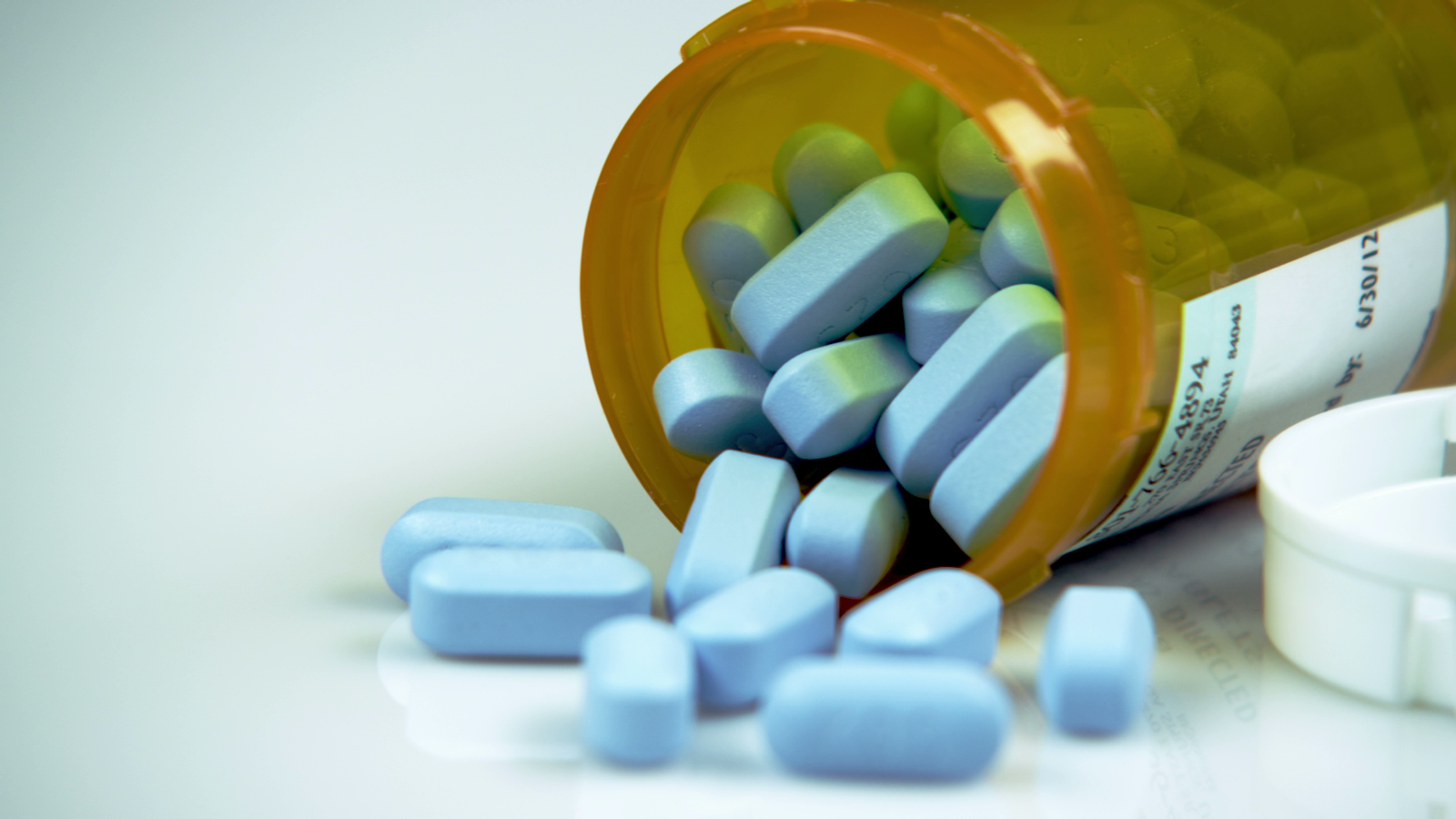- Montreal researchers studied outcomes among men who used HIV pre-exposure prophylaxis (PrEP)
- They found that PrEP users who engaged in sexualized drug use were at heightened risk for sexually transmitted infections (STIs)
- The researchers called for integrated services to meet the needs of people who engage in sexualized drug use
HIV pre-exposure prophylaxis (PrEP) is highly effective at reducing the risk of HIV infection. It involves taking anti-HIV drugs prior to and after sex. PrEP is most commonly taken as a daily pill, but another schedule (called “on demand”) is also used by some people. As PrEP uptake has increased over the past several years, it is important to monitor the health of PrEP users.
A team of researchers at McGill University and Clinique médicale l’Actuel in Montreal has been studying the intersection of sexually transmitted infections (STIs), PrEP and sexualized drug use (chemsex or Party n’ Play/PnP). The researchers reviewed health-related information collected from 2013 to 2020. The vast majority of the 2,086 participants, all of whom were using PrEP, were gay, bisexual or other men who have sex with men (MSM).
During the period studied, none of the participants became HIV positive. People who engaged in chemsex at the start of the study were 32% more likely to subsequently become diagnosed with an STI—chlamydia or gonorrhea. Researchers also found that the greater the number of drugs used in chemsex, the greater the subsequent risk for developing an STI.
The researchers stated that their findings underscore “the need for integrated services that address the complexities of sexual substance use.”
Study details
Participants were recruited from Clinique médicale l’Actuel, a large sexual health clinic in Montreal that serves primarily MSM.
According to the researchers, people who are interested in PrEP typically have an initial consultation with a doctor or nurse. During the consultation they are screened for HIV and complete a questionnaire on a number of issues, including socio-demographic information, sexual health and drug use. People who are eligible for PrEP are prescribed a pill containing a combination of two drugs: tenofovir + FTC (emtricitabine). They return to the clinic one month later for further consultation and every three months thereafter. At clinic visits, prescriptions are renewed, blood and urine samples are collected for analysis, STI and HIV screening are performed and participants are surveyed about adherence to PrEP, potential side effects and sexual behaviours.
In the present study, all 2,086 participants were adults. The average profile of the 2,086 participants when they entered the study was as follows:
- age – 36 years
- 99.7% were cisgender men; 0.1% were transgender men; 0.2% were transgender women
- 99.7% were gay or bisexual; 0.2% were heterosexual; data were missing for the remaining participants
- 24% of participants reported having chemsex
The researchers defined “chemsex” as sexual relations under the effect of the following drugs:
- cocaine
- crack
- crystal meth
- GHB (gamma-Hydroxybutyric acid)
- ketamine
Researchers only asked about chemsex at the initial study visit. Also, they did not ask how frequently it happened. However, past research has found that patterns of chemsex are fairly stable for several years. For the purposes of the present analysis, researchers restricted their monitoring of participants’ outcomes (STI diagnoses and so on) for up to two years after they entered the study.
Results
Here are key findings from the study:
Chemsex and past or current STIs
According to the researchers, people who reported chemsex were more likely to develop an STI sooner than people who did not engage in chemsex (nine months vs. 14 months). Also, people who reported chemsex had a 32% increased risk for developing an STI. People who engaged in chemsex seemed at particularly high risk for developing gonorrhea. The more drugs used for chemsex, the greater the risk of developing an STI.
Specific chemsex drugs
Researchers found that people who used crystal meth, GHB or crack developed their first study-related STI sooner than people who did not use these drugs.
Income
The greater a person’s income, the lower their risk of developing an STI.
Age
People aged 18 to 35 were at particularly heightened risk for developing an STI. There was also a trend for an increased STI risk for people who were over the age of 50.
Bear in mind
No cases of HIV infection occurred among PrEP users. This reinforces the accumulated data on the protective benefits of PrEP.
It is plausible that different chemsex drugs (or combinations of drugs) may have an indirect effect on STI risk. For instance, in the present study, people who used crystal meth or GHB were more likely to develop their first study-related STI earlier than people who did not use these drugs. Researchers noted that a previous study, also in Montreal, found that people who used these drugs as part of chemsex were more likely to have condomless intercourse. It is therefore possible that in the present study people who used these drugs were also more likely to have condomless intercourse and be at heightened risk for STIs.
The present study has documented that some PrEP users who engage in chemsex have an increased risk for STIs. The researchers therefore called for “integrated services that address the intersection of sexualized substance use and sexual health.”
—Sean R. Hosein
Resources
Pre-exposure prophylaxis (PrEP) – CATIE
PrEP Q and A – CATIE
HIV pre-exposure prophylaxis (PrEP) – CATIE
Researchers survey sexual and gender minority men about issues related to meth use – CATIE News
Party and play in Canada: What is its impact on gay men’s health? – Prevention in Focus
Party time – Positive Side
REFERENCE:
Flores Anato JL, Panagiotoglou D, Greenwald ZR, et al. Chemsex and incidence of sexually transmitted infections among Canadian pre-exposure prophylaxis (PrEP) users in the l’Actuel PrEP Cohort (2013-2020). Sexually Transmitted Infections. 2022; in press.

